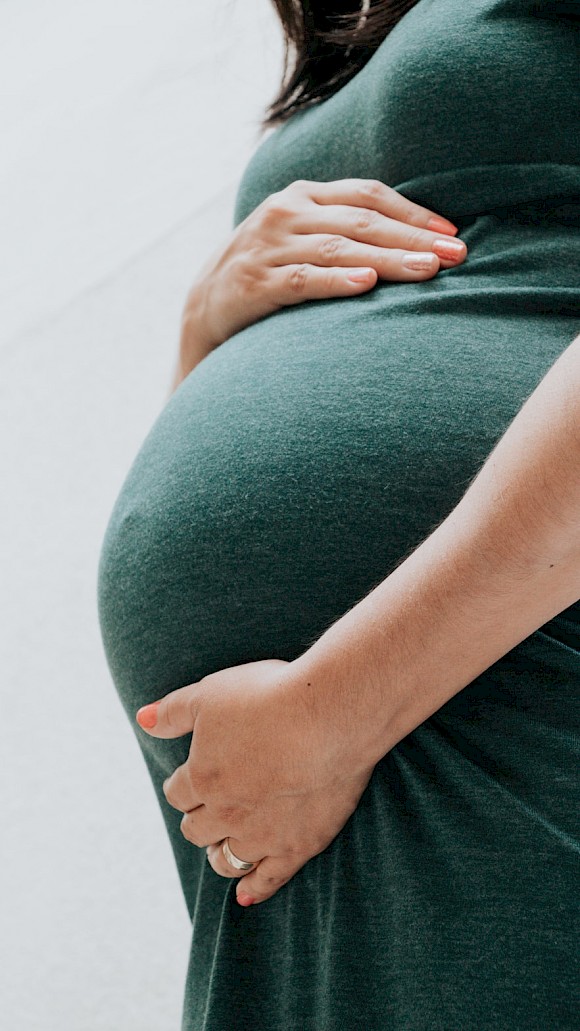How To Treat A Pregnant Woman in Sudden Cardiac Arrest
August 24, 2021
Sudden cardiac arrest can strike anyone– even pregnant women! An SCA affects two patients: the mother and the baby.
When you encounter a pregnant woman who has suddenly collapsed and is not breathing normally, the first thing you want to do is check for breathing. If she does not have a heartbeat, she may have had an SCA – and needs
immediate help.
Knowing the “
Chain of Survival” can help you save both the mother and her baby. The Chain of Survival is a list of steps you must perform in rapid succession to give them the best possible chances of survival. Each of the six steps in this chain is an important link; bystanders can perform the first four steps as outlined below.
Using the Chain of Survival to Treat a Pregnant Woman Who Has Had an SCA
1. Recognize SCA
In an SCA, the heart stops beating without warning; the person having the SCA will suddenly collapse.
2. Contact the emergency response team
In the United States, that means calling 9-1-1. If you know that the woman is pregnant, or if she appears pregnant, be sure to tell the dispatcher so that they can send additional EMS responders. This information may also aid in their decision to take the woman to a hospital that is prepared to perform an emergency C-section if necessary.
Follow any instructions provided to you by the dispatcher.
3. Start CPR
You
perform CPR on a pregnant woman just as you would on any other cardiac arrest patient. Provide compressions at a rate of 100-120 per minute. If you are comfortable doing mouth-to-mouth resuscitation, provide rescue breaths. If you are not comfortable providing rescue breaths, just provide chest compressions. You can apply chest compressions on a pregnant woman in the same location as you would any other victim – on the center of the chest on the breast bone.
4. Rapid Defibrillation
It is critically important to use an
AED on a pregnant woman who is in sudden cardiac arrest. If an AED is not used, likely, the fetus will not survive. Use the AED as soon as it arrives. As always, the quicker the AED is used, the higher the chances are for survival.
Follow the directions for using the AED just as you would for any other victim; audible voice prompts will tell you to perform specific steps, such as:
•
Remove pads from the package.
•
Apply pads to the patient’s bare chest – Place the pads on the upper right side of the chest, under her collarbone, and on the left side of her chest, near her armpit.
•
Wait for the AED to analyze the mother’s heartbeat – At this time, make sure nobody is touching the patient.
•
Press the flashing shock button – Be sure no one is touching the patient as the AED delivers the shock.
•
Perform CPR for two minutes – The AED will then re-analyze the woman’s heartbeat and deliver another shock as needed; be sure to follow all instructions and move away from the patient while the AED analyzes the victim’s heart activity and delivers another shock.
Continue performing CPR and delivering shocks with the AED until you revive the mother or until help arrives. If the mother becomes responsive, stop CPR but leave the AED pads on while you monitor her. If a pregnant woman is revived following a shock, she should be placed on her left side, improving blood flow to the heart and the fetus. If she goes back into cardiac arrest, resume CPR and analysis/shock with the AED.
To learn more about Defibtech and to join us on our
quest to save lives from sudden cardiac arrest, visit
www.Defibtech.com.
